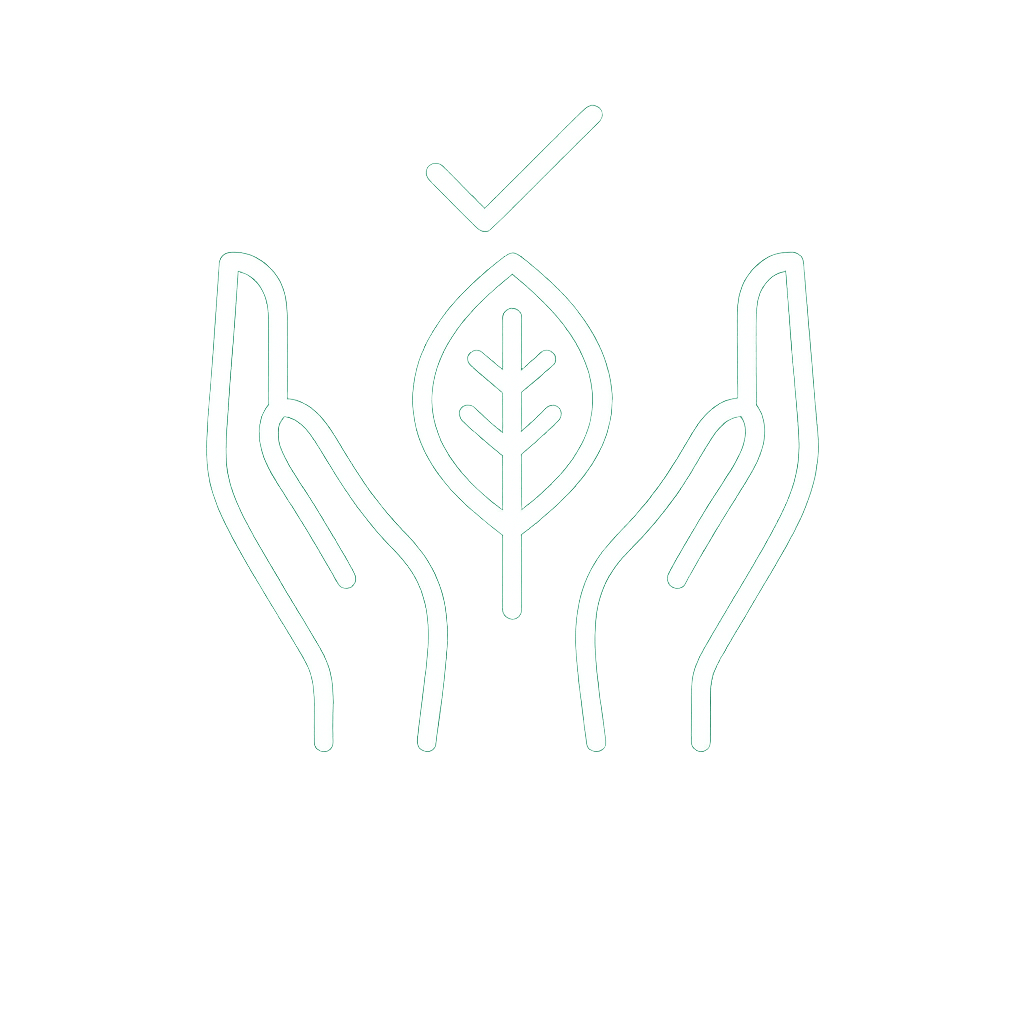The Sambalpuri Silk Saree is a masterpiece of Odisha’s rich handloom tradition, woven with exquisite craftsmanship and deep cultural significance. Crafted by skilled artisans in Sambalpur, Bargarh, Sonepur, and nearby weaving clusters, these sarees are known for their intricate Ikat (Bandha) weaving technique, where each thread is carefully dyed before weaving to create mesmerizing, long-lasting patterns. Unlike printed designs, the motifs in a Sambalpuri Silk Saree are woven directly into the fabric, making each piece unique and timeless.
Made from premium-quality silk, these sarees offer a luxurious feel with a soft, smooth drape. The intricate designs draw inspiration from Odisha’s rich heritage, featuring motifs like shankha (conch), chakra (wheel), phula (flowers), and temple borders, symbolizing spirituality and prosperity. The vibrant color combinations and intricate detailing make these sarees perfect for festivals, weddings, and special occasions.
Every authentic Sambalpuri Silk Saree is handwoven on traditional looms, a process that takes weeks or even months to complete. These sarees hold a Geographical Indication (GI) tag, ensuring authenticity and preserving the heritage of Odisha’s weaving tradition. By choosing a handwoven Sambalpuri Silk Saree, you support sustainable fashion, rural artisans, and ethical craftsmanship.
PRODUCT SPECIFICATION
| Category | Saree |
| Type | Hand Painted Pattachitra Silk Saree |
| Fabric | Silk |
| Colour | Purple |
| Design | Hand Painted Dancer Pattachitra Art Body, Wavy Border |
| Saree Dimension | 6.38 Mt x 1.14 Mt |
| Saree Weight | 413 gm |
| Blouse | Unstitched |
| Loom | Handwoven |
| Taalapatra Saree Series | MAHARANI |
STORY BEHIND THIS CRAFT
Sambalpuri Silk Sarees are emblematic of Odisha's rich textile heritage, renowned for their intricate craftsmanship and cultural significance. The origins of these sarees trace back to the 12th century during the reign of the Chauhan dynasty in western Odisha. It is believed that the art of Sambalpuri Ikat was introduced to the region by the Bhulia community, who migrated from Northern India after the fall of the Chouhan Empire in 1192 AD.
The Hand-Painted Pattachitra Silk Saree is a masterpiece of Odisha’s rich artistic and textile heritage, blending the centuries-old tradition of Pattachitra painting with the elegance of handwoven silk sarees. Pattachitra, meaning “cloth painting,” dates back over 1,000 years and is believed to have originated in the temple town of Puri, closely associated with the Jagannath Temple and its rituals. Traditionally painted on dried palm leaves or handmade cloth, Pattachitra art depicts mythological stories, divine deities, and intricate nature-inspired motifs.
Artisans, known as Chitrakars, have preserved this sacred art form through generations, using natural dyes and fine detailing to bring stories from the Ramayana, Mahabharata, and Jagannath culture to life. When adapted to silk sarees, each design is hand-painted directly onto the fabric, requiring exceptional precision and skill. The sarees often feature elaborate borders, intricate figurines, and motifs like dancers, animals, and temple designs, making each piece a wearable canvas of Odisha’s spiritual and artistic legacy.
Today, Sambalpuri Silk Sarees are celebrated not only for their aesthetic appeal but also as symbols of Odisha's enduring cultural legacy. By choosing these sarees, one supports the traditional artisans and contributes to the preservation of a centuries-old art form that continues to thrive in the modern era.
CRAFTSMANSHIP & THE WEAVING PROCESS
-
Yarn Selection & Preparation – High-quality silk threads are carefully selected for their strength, sheen, and durability. The raw yarns are then washed and treated to ensure a smooth weaving process.
-
Tie-Dyeing (Ikat Bandha Process) – The most intricate step, where artisans tie sections of the yarn with threads and dye them in multiple stages. This resist-dyeing technique ensures that the patterns emerge naturally during weaving, rather than being printed or embroidered.
-
Drying & Thread Alignment – Once dyed, the yarns are dried and meticulously aligned on handlooms, ensuring that the pre-dyed motifs match perfectly across the saree.
-
Hand Weaving on Traditional Looms – The saree is woven entirely by hand, with artisans interlacing the dyed silk threads to create intricate, symmetrical patterns. This process requires extreme precision and can take weeks or even months to complete a single saree.
-
Hand-Painted Pattachitra Artwork – Once the weaving is complete, skilled Pattachitra artists (Chitrakars) meticulously hand-paint intricate mythological and nature-inspired designs onto the saree using natural dyes and fine detailing techniques. The artwork often depicts deities, temple scenes, dancers, animals, and floral motifs, transforming the saree into a wearable canvas of Odisha’s spiritual and artistic heritage.
-
Finishing & Quality Checks – After painting, the saree undergoes fixation treatments to preserve the artwork, followed by washing, sun-drying, and final detailing to enhance its texture and sheen. Each saree is carefully inspected for consistency, durability, and flawless craftsmanship before reaching its wearer.
This time-honored craftsmanship makes every Hand-Painted Pattachitra Silk Saree a unique work of art, blending Odisha’s traditional weaving and painting heritage into an elegant, timeless masterpiece.
Free Shipping on prepaid orders above ₹500 for Indian Customers.
For Shipping Policy, click/tap HERE
For Return, Exchange & Refund Policy, click/tap HERE
At TAALAPATRA, every product is handcrafted with care and inspired by India’s rich cultural heritage. Variations in color, texture, weave, or artwork are natural and highlight the uniqueness of handmade craftsmanship. Product descriptions may include folklore, regional traditions, and symbolic interpretations, intended to enhance your appreciation of the art—not as historical facts.
Colours may also appear slightly different due to lighting or screen settings. We request you to embrace these small variations as a part of the product’s authenticity and charm.
For complete details, please refer to our Disclaimer Policy.
This Product is ELIGIBLE for Return/Exchange.
Contact Channels
a) Email: care@taalapatra.com
b) WhatsApp Support: +91-7853993536
c) Call Support: +91-9228169046
Contact Timing
a) Days: Monday to Saturday (excluding Public Holidays)
b) Timing: 11 AM – 5 PM (Indian Standard Time)
c) Response Time: We typically respond within 24–48 hours. Unless it’s a Sunday or a Public Holiday.























